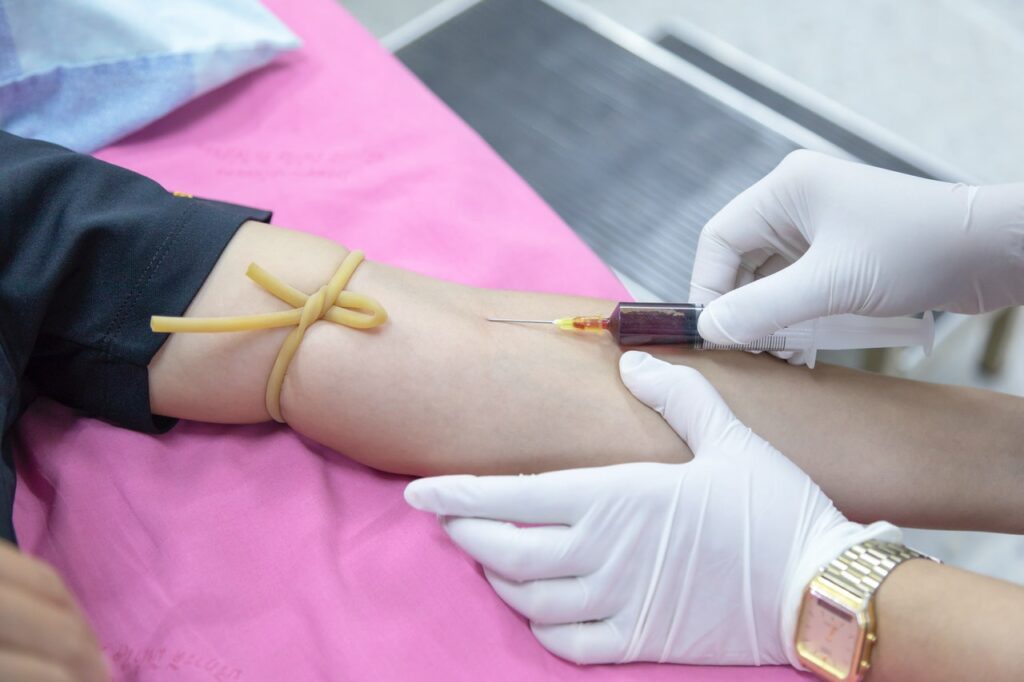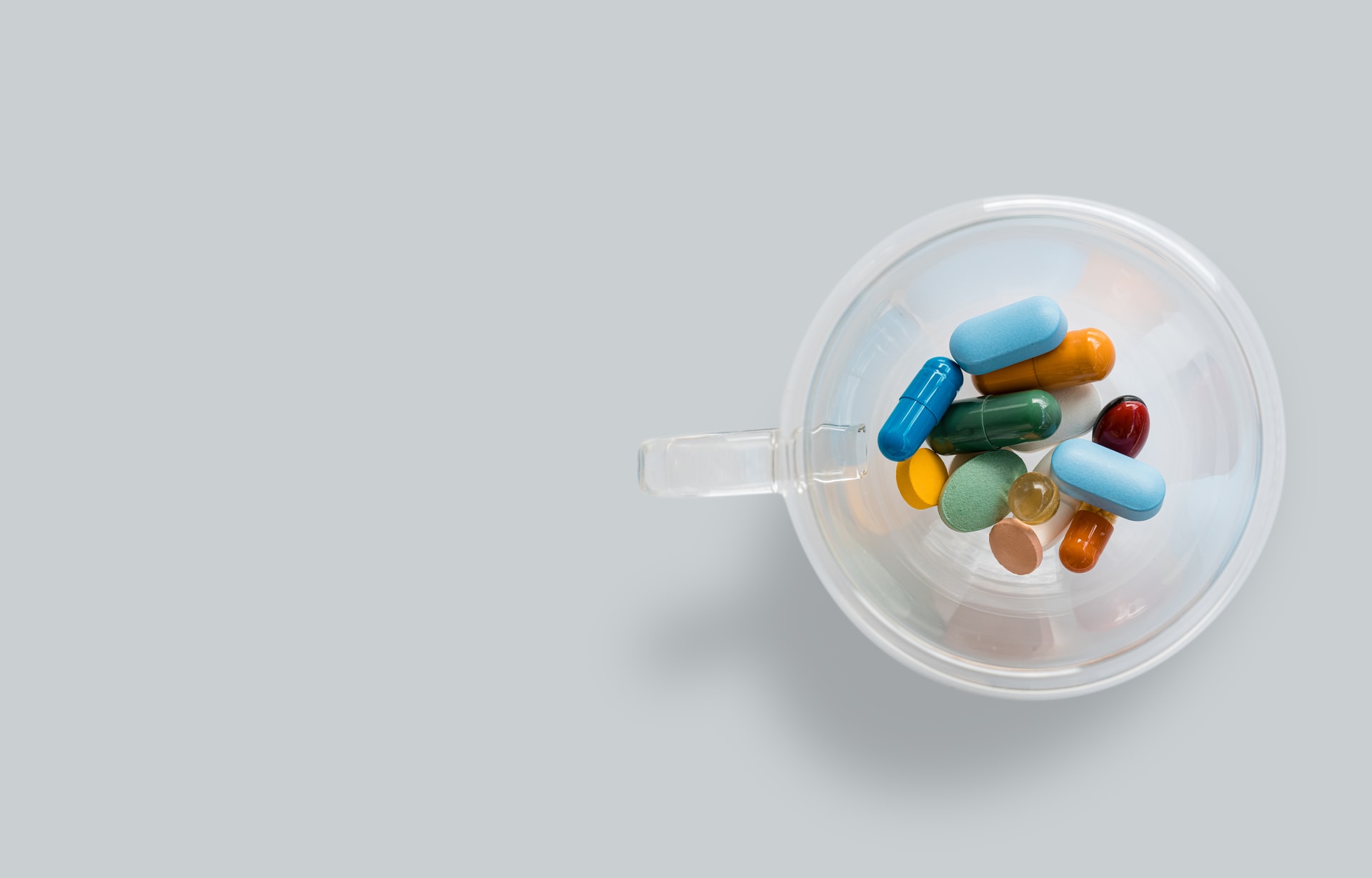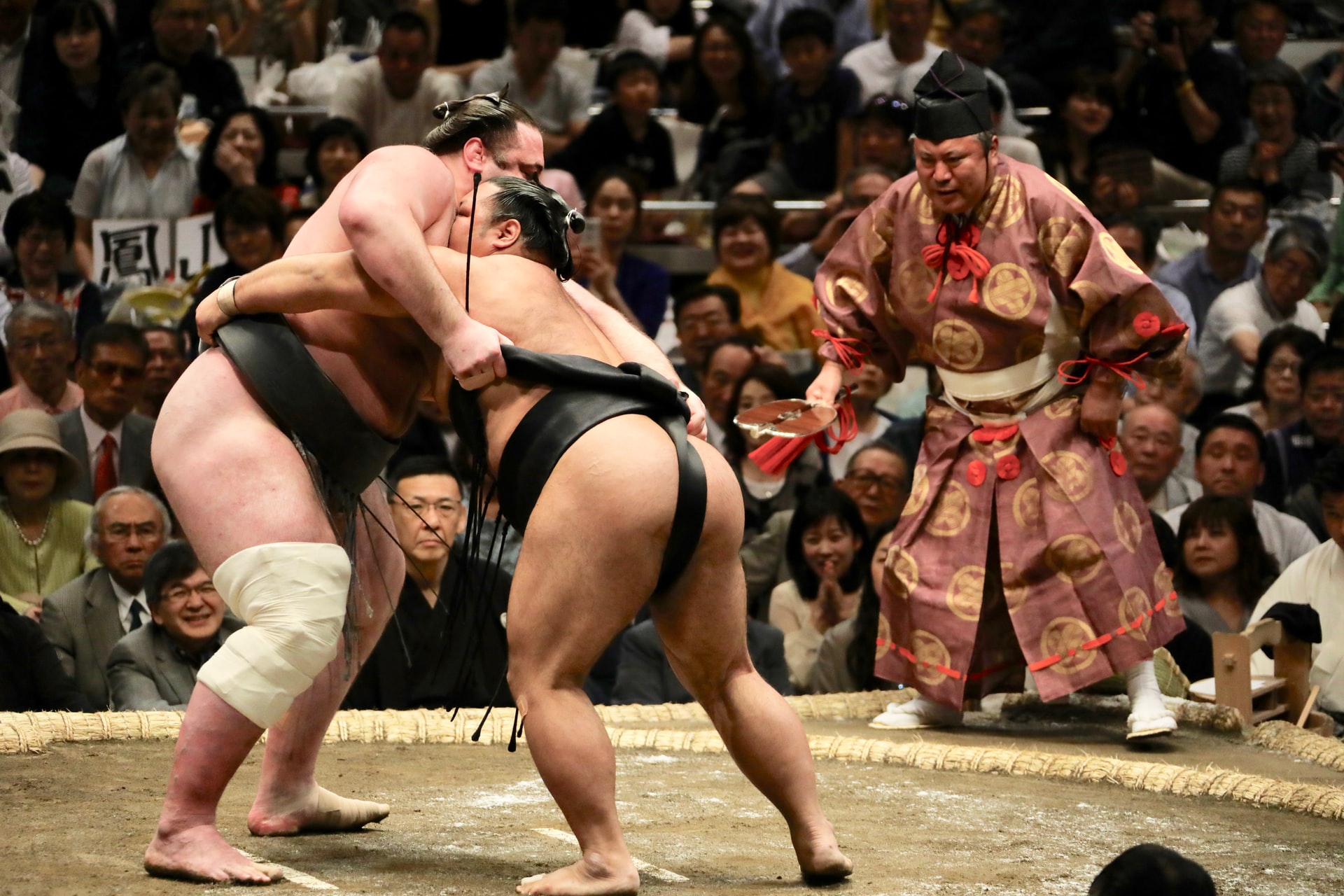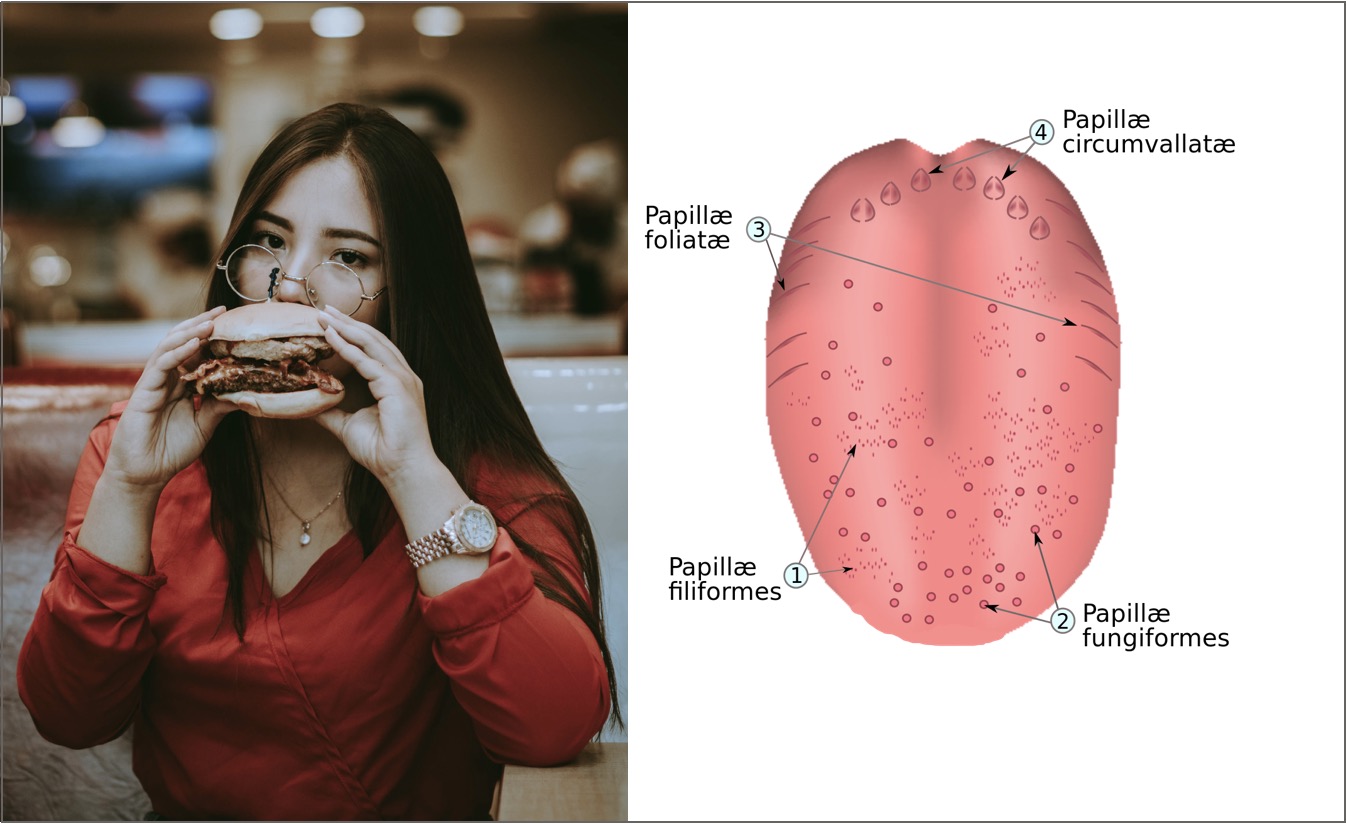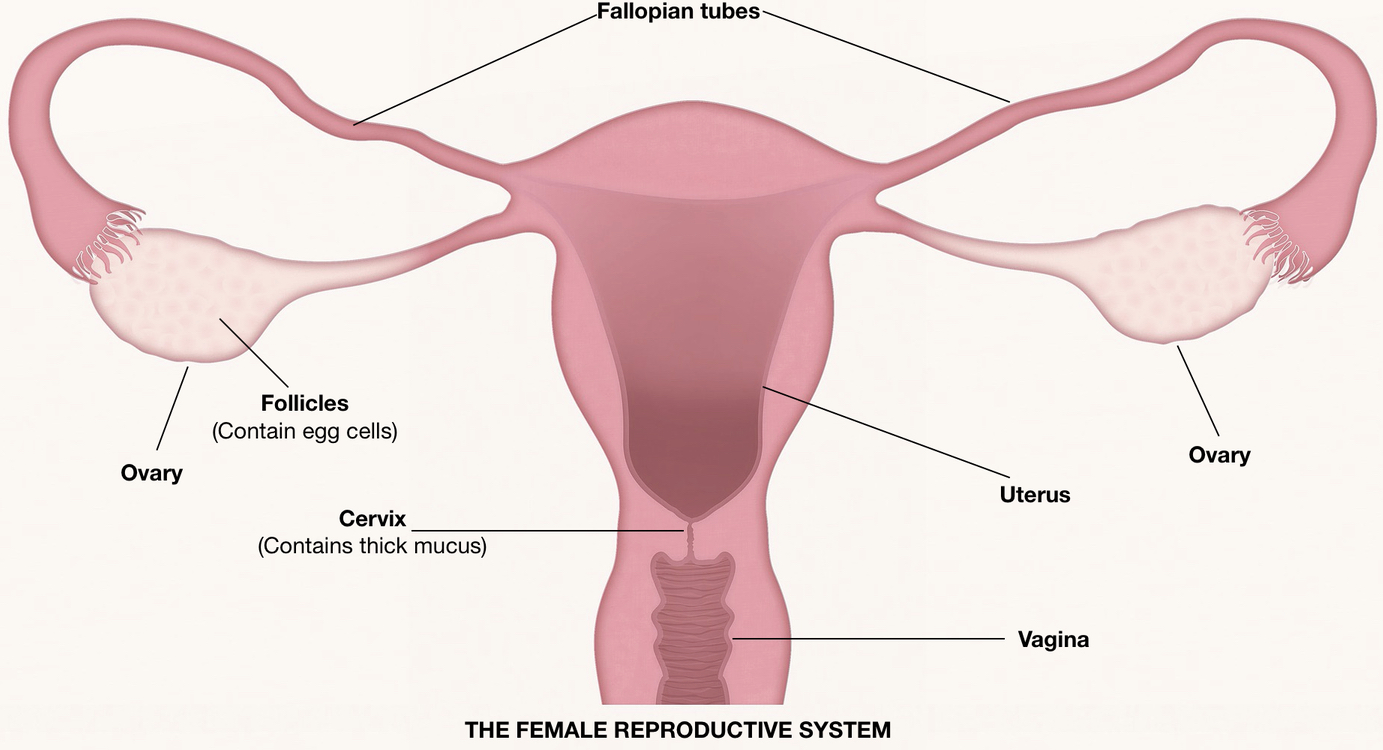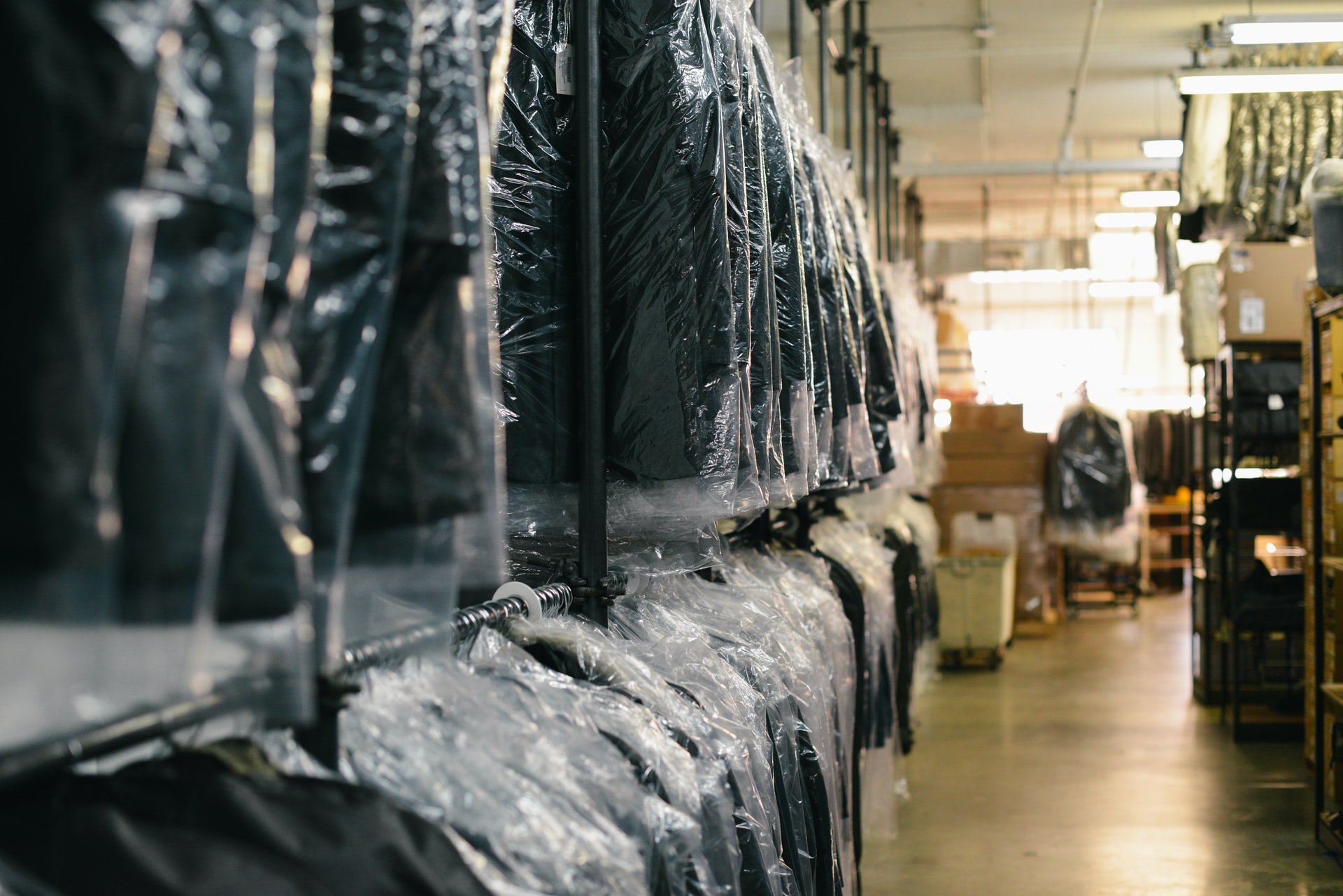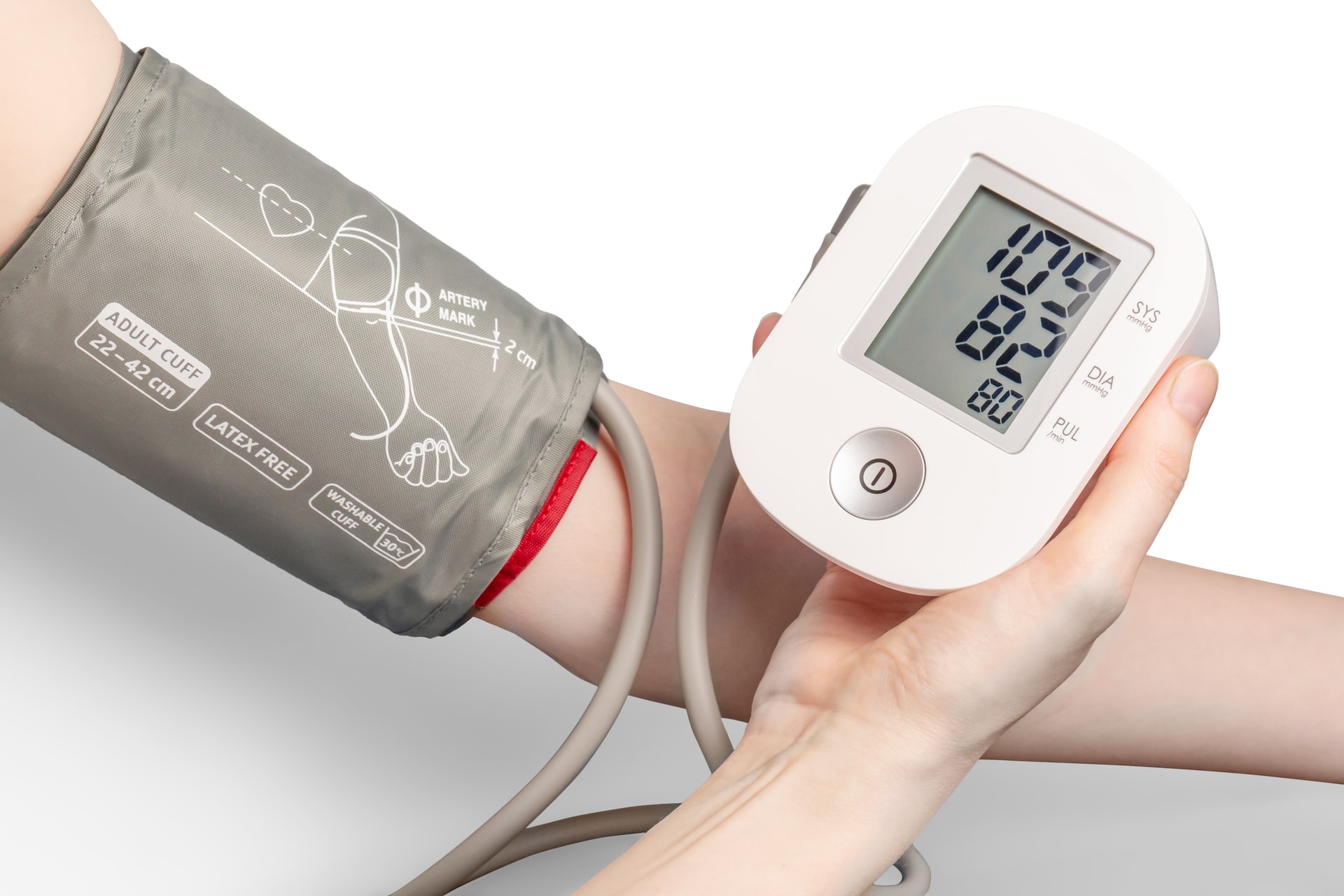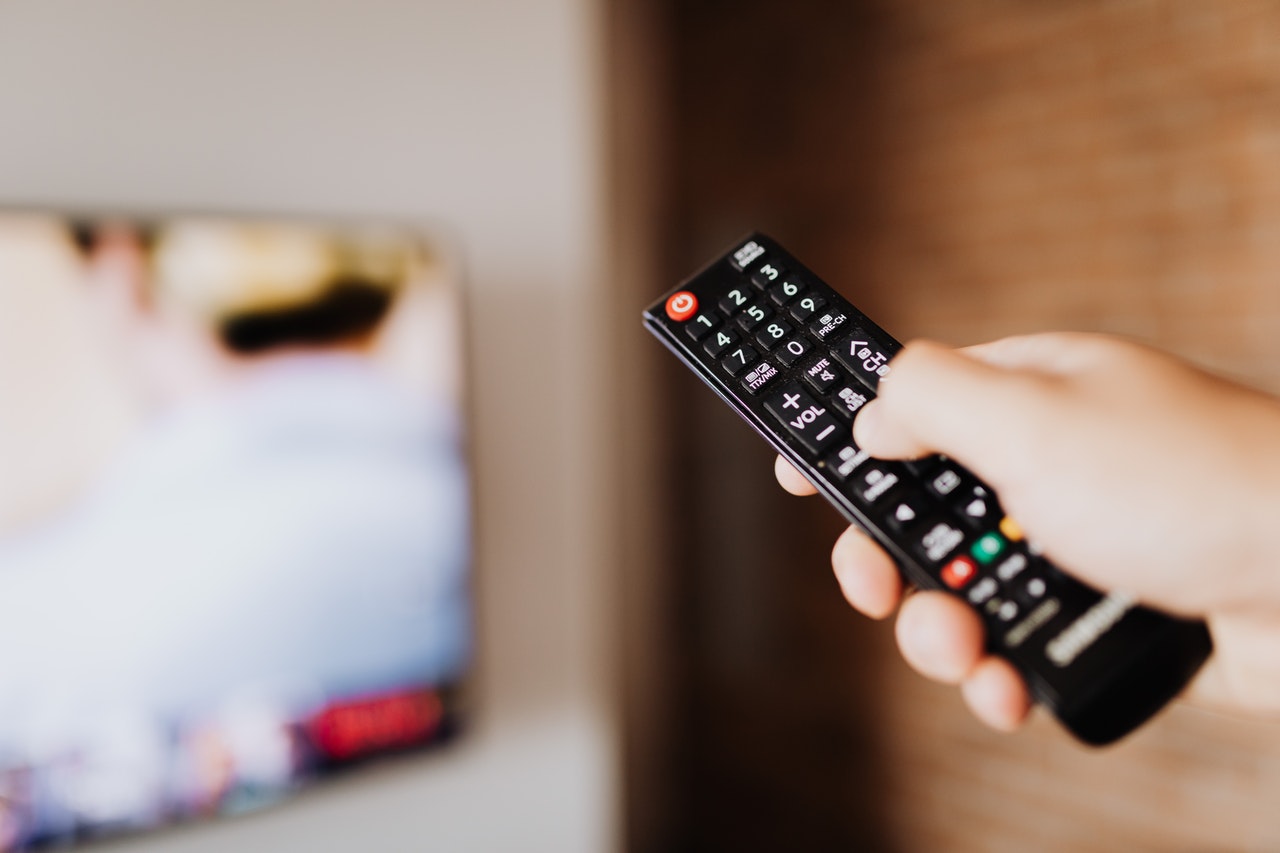Reading Time: 2 minutes
Note: This is an oversimplified explanation and attempts only to give a broad overview of the immune system and different blood types.
- A human body is made up of over 30 trillion (1 Trillion = 1012) cells, which are divided into about 200 cell-categories e.g. skin cells, stem cells, muscle cells, etc.
- And because it is an attractive place (full of nutrition) for pathogens (virus, bacteria, etc.), the body is always at risk of invasion by these foreign objects.
- To control this invasion, the body deploys over 20 billion (1 billion = 109) leukocytes (white blood cells – a key component in our blood) that roam around the body like security personnel.
- But since the cell-population is huge, it could be difficult for leukocytes to identify any invaders (bacteria, virus, etc.) that move in secretly.
- So, the body has given highly-visible tags to every cell that belongs to the body.
- These tags or markers are called antigens and they read something like: “My name is skin cell and I am not an invader.”
- The leukocytes keep monitoring all the cells in the body and the moment they sense anything whose tag doesn’t seem valid, they call the armed forces of the body (B-cells & T-cells) and give them the tag-details of this pathogen.
- B-cells & T-cells produce customized antibodies (soldiers) that exactly match the pathogen tags and get attached to each pathogen like a key in the lock and kill all of them.
- Now, 80% of the 30 trillion cells are Red Blood Cells (RBCs), and the body has sort of given it two tags – (Tag 1.) “My name is RBC and I am not an invader” & (Tag 2.) “I am a Type A RBC”.
- While RBCs in everyone have the same Tag 1, different people have different 2nd Tags, i.e. some people have Type A RBC, some have Type B, some have both Type A & Type B (AB) and some don’t have the 2nd tag at all (this last group has the O blood group).
- If we transfused Type A blood in someone who has the blood-group A, the leukocytes will see it as something that belongs and, therefore, no action will be taken.
- However, if we transfused Type B in a Type A body, the leukocytes will see B as a foreign object and get the armed forces to create Anti-B antibodies that could attack it, thereby, making the blood clot (may cause death).
- Because Type O blood doesn’t have the second tag (O basically means 0 [zero antigen tags]) and the first tag matches, the leukocytes have no “bad” tags to get antibodies against.
- Basically, leukocytes can’t request any antibodies against RBCs and other than that there is no antigen tag against which antibodies need to be created.
- That is why Type O is called a universal donor (it can donate to anybody) and Type AB is called universal recipient (it can accept blood from anybody), because the leukocytes will recognize A, B and not arrange for the attack.
Image courtesy of Amornthep Srina through Pexels
Reference shelf :
+2

